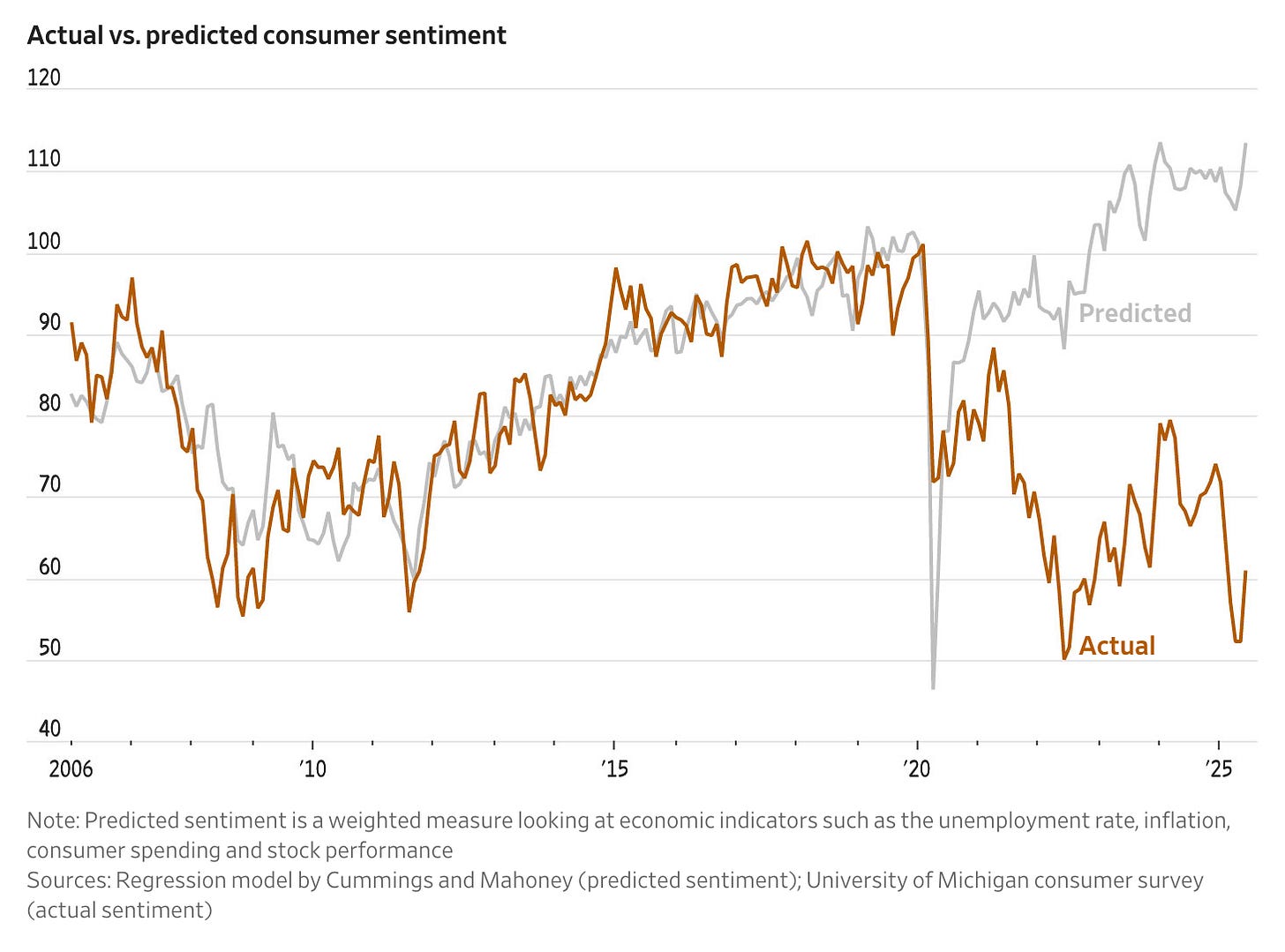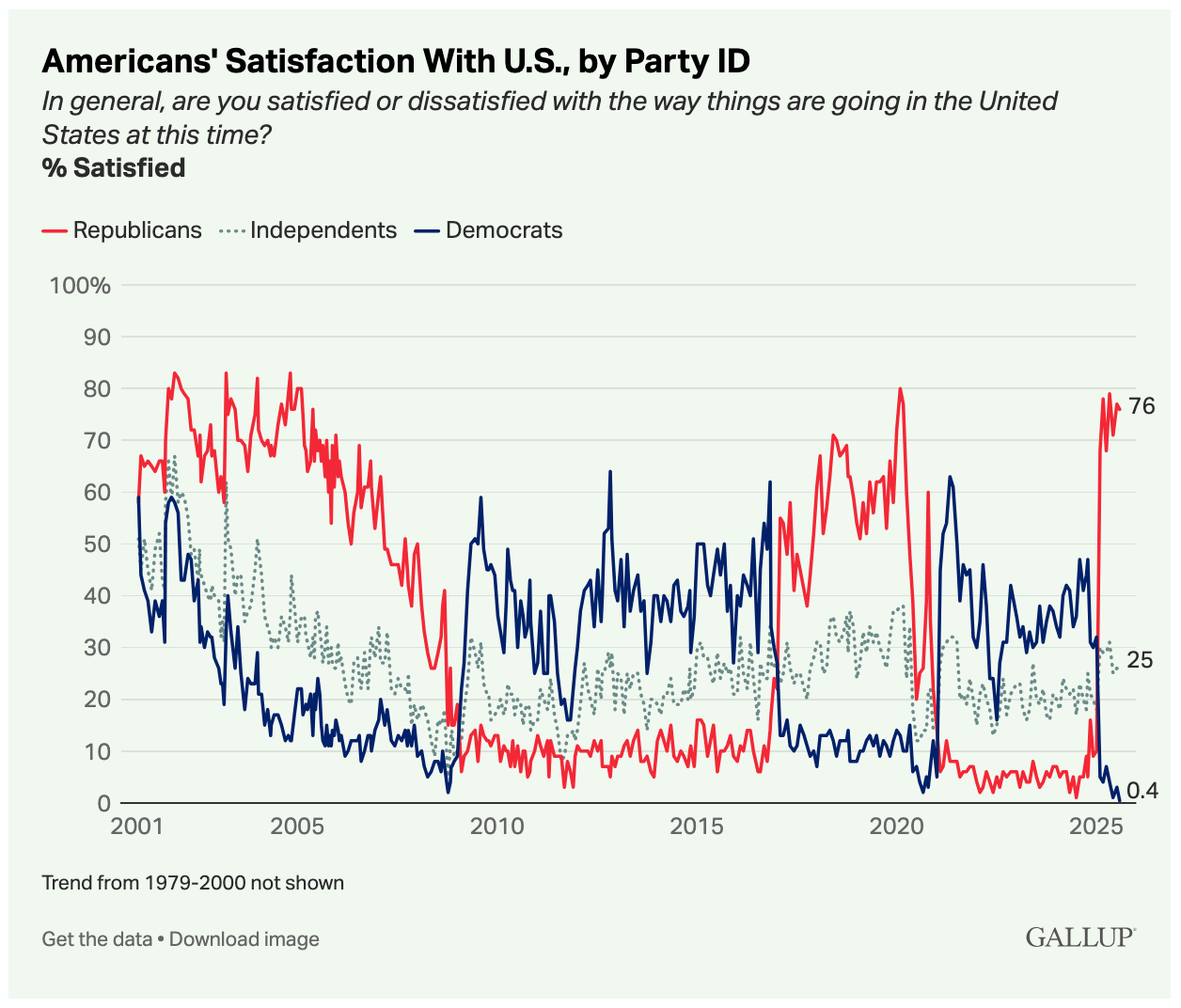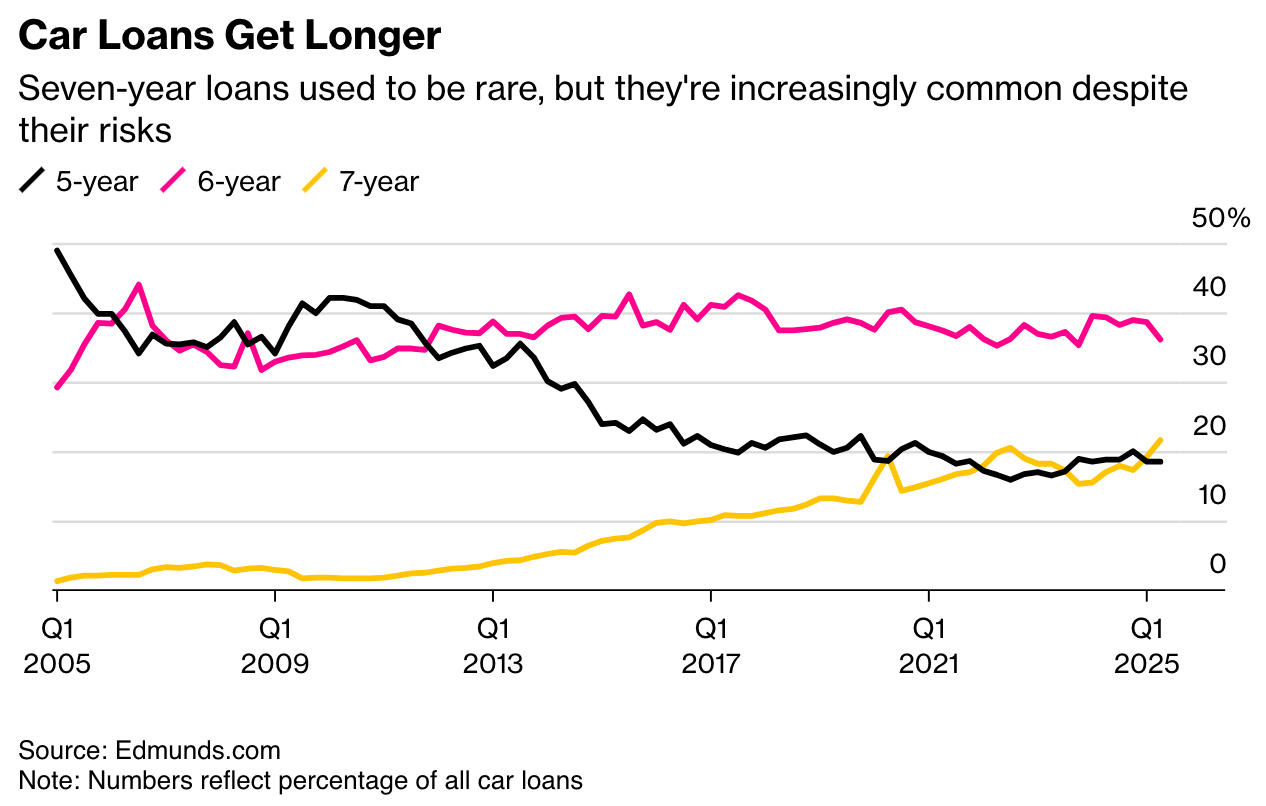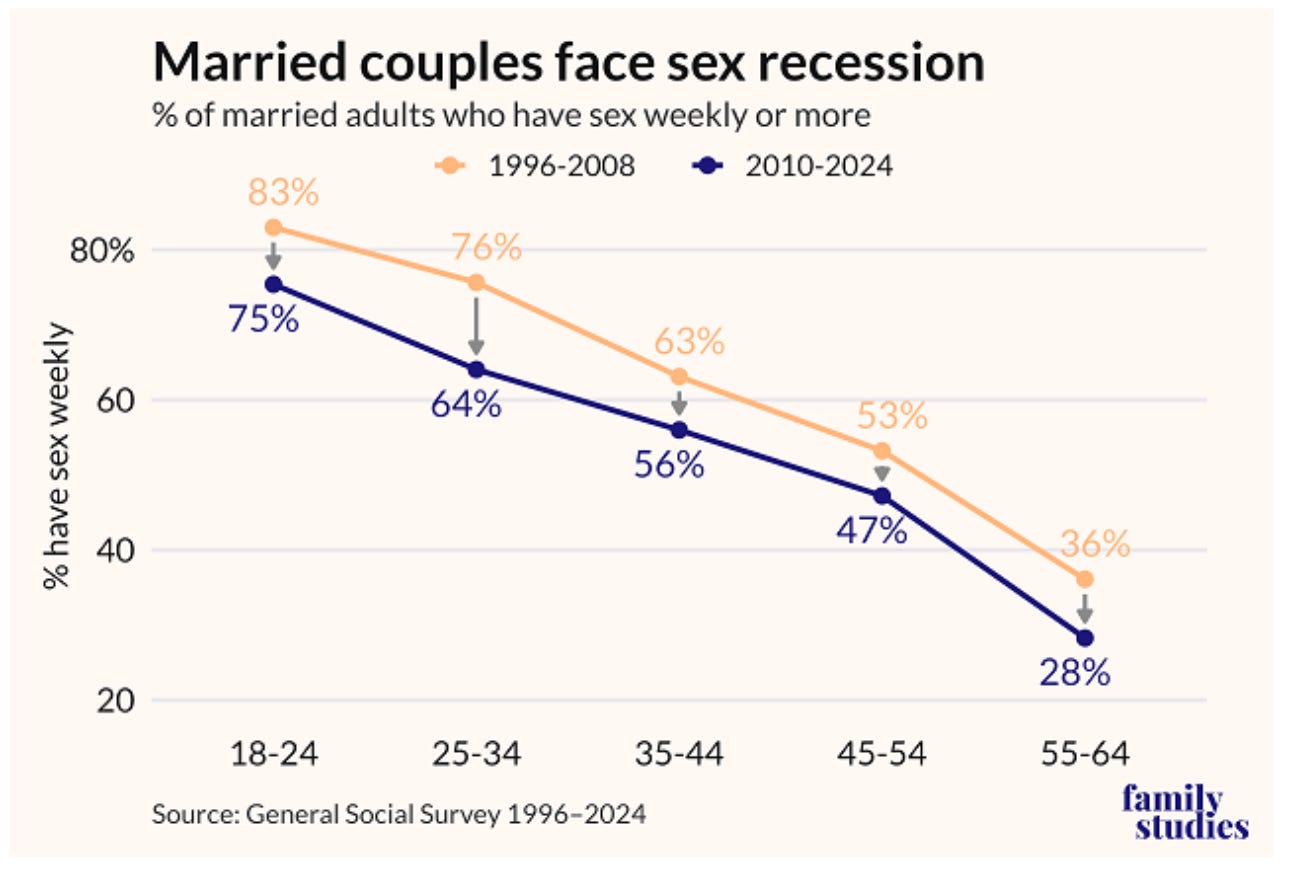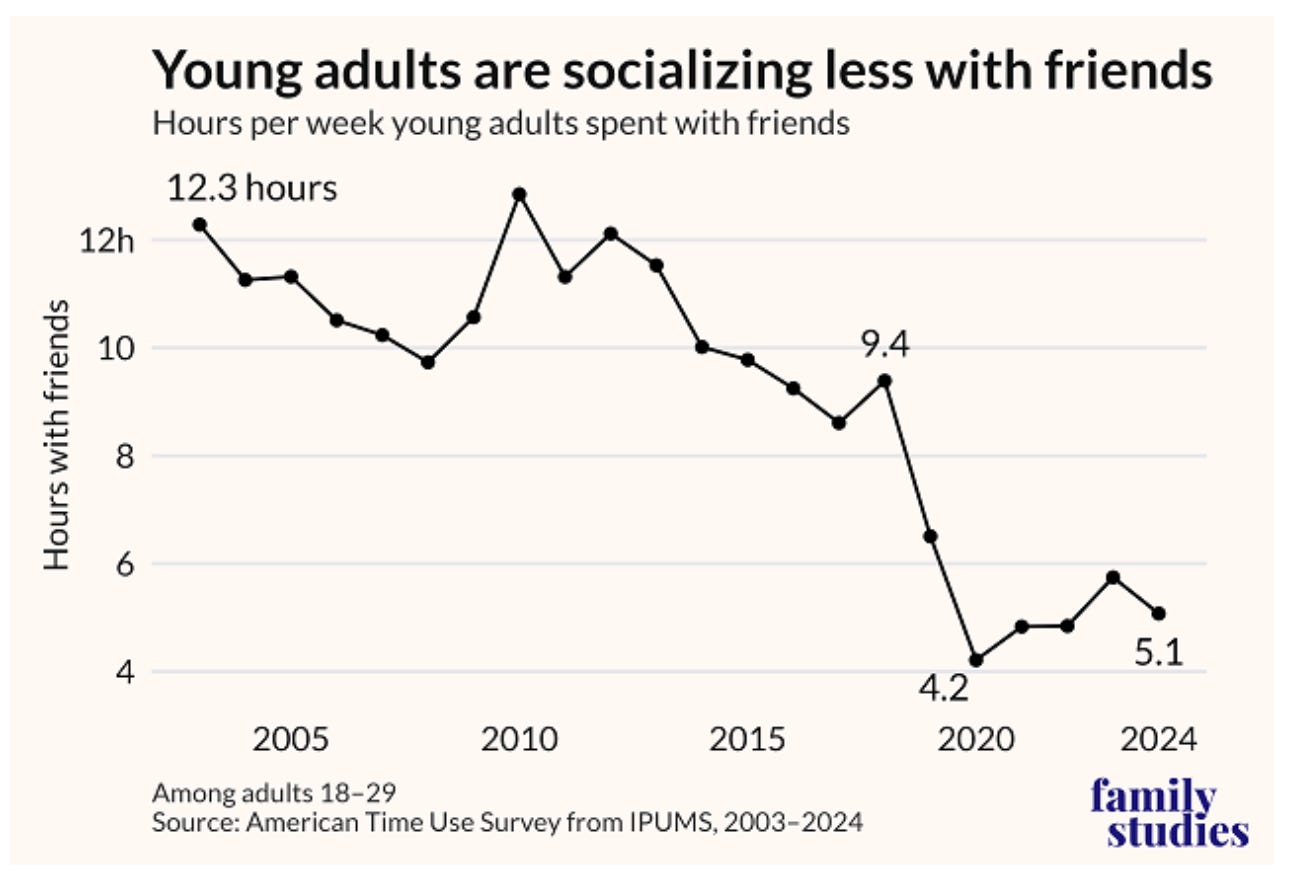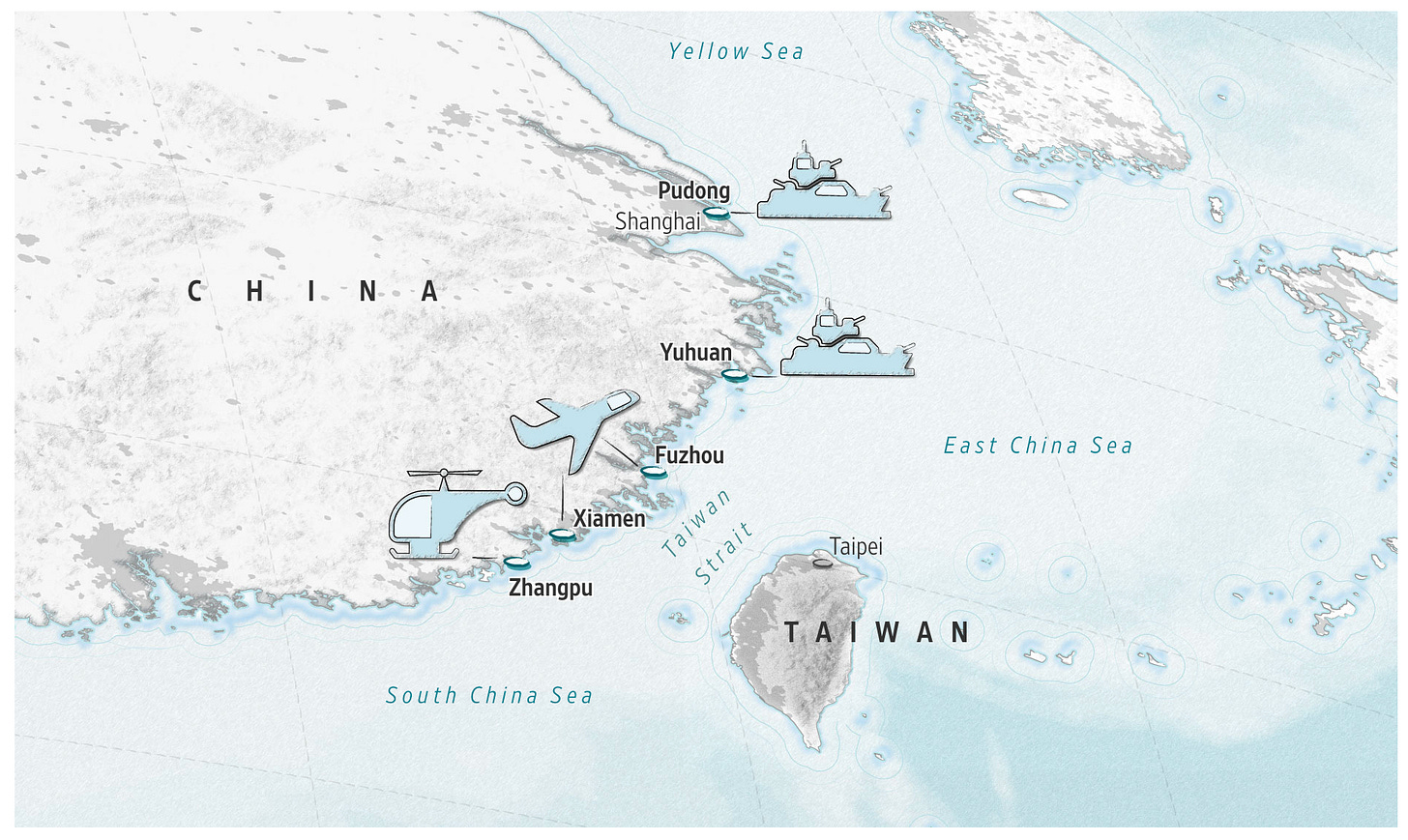11 Things from the week | 7 Sep 25
News from the past week, and a few other things.
1. In Defense of Inequality (FP)
NOTE: Highly recommend reading article in its entirety. Here’s just a snippet:
Alexis de Tocqueville, the great 19th-century critic of American democracy, noticed that the passion for equality dominates every American institution. He admired this democratic spirit, but he also issued a warning.
De Tocqueville warned that the concept of equality is the most powerful compulsion in the American mind. A dominating drive for equality suffocates the very people whose uncommon talent, courage, and vision could pull everyone else upward.
Without those rare sparks of excellence, there are no breakthroughs. No bold leaders. No innovations. No radical thought that disrupts the human tendency toward lazy conformity.
De Tocqueville famously observed that people in democracies might come to prefer equality in servitude to inequality in freedom. In the name of making all things equal, we end up equal only in mediocrity.
And that is the surest path to slavishly submitting to authority, submitting to bad ideas, submitting to an overbearing government, and submitting to the soft tyranny of low expectations.
Equality, without excellence, is the surest path to national decline.
A free society, to remain dynamic and free, must enable those gifts to develop rather than force them into a common mold. So even in a republic of equals, we need small sanctuaries of aristocracy and excellence to ensure the success of liberty.
Democracy runs on equality; freedom and excellence run on inequality.
The tension between those two realities shapes almost every real problem in education today. How do we respect every person’s equal dignity and opportunity while also recognizing and cultivating individual excellence?
2. Americans Lose Faith That Hard Work Leads to Economic Gains, WSJ-NORC Poll Finds (WSJ)
America is sinking into economic pessimism. A record-low 25% of people believe they can improve their standard of living, and over three-quarters doubt life will be better for the next generation. Nearly 70% say the American dream no longer holds true. This bleak outlook spans political parties, ages, education levels, and income brackets, even as traditional economic metrics—low unemployment, easing inflation, steady growth—suggest stability.
Housing costs, inflation, job insecurity, and memories of past crises have fueled this gloom. Many say the prior generation had it easier buying homes, raising families, and building careers, while majorities lack confidence the next generation will be able to do the same. Personal stories reveal frustration: young adults unable to buy homes despite good jobs, parents watching children struggle despite advanced degrees, and laid-off workers facing both rising costs and anxiety over automation.
Economists note a widening gap between economic data and public sentiment since the pandemic, with fears about the future overshadowing statistical gains. Even financially comfortable families feel stuck, unwilling to trade low mortgage rates for larger homes or fearful that jobs could vanish overnight. Years of financial shocks—recession, pandemic, inflation, tariffs—have left Americans doubting whether hard work still leads to a better life, eroding one of the nation’s long-held sources of optimism.
3. Trump Ratings and U.S. Mood Stay Tepid in August (Gallup)
Trump’s job approval rating has stabilized at 40%, propped up by overwhelming Republican support but dragged down by minimal backing from Democrats and weak approval among independents. This partisan divide mirrors record gaps in Americans’ views of Congress, the Supreme Court, and the overall direction of the country, highlighting a level of polarization not seen in modern polling.
Public opinion on Trump’s handling of the economy now tracks more closely with his overall approval than it did during his first term, when strong economic ratings failed to lift his broader approval above the low 40s. Economic sentiment, however, has soured again after improving earlier in the year, as persistent high prices overshadow stock market gains and GDP growth. Inflation remains below 3% under Trump, but lingering effects of previous price spikes and concerns about the job market continue to weigh on Americans’ economic outlook.
4. Car Loans Now Last Longer Than Presidential Terms (Autoblog)
Car loans in 2025 have stretched to nearly six years on average, a sharp jump from the 60-month terms common less than a decade ago. With new car prices approaching $50,000 and monthly payments averaging $745, buyers are extending loan terms to make payments affordable—even as seven- and eight-year loans quietly gain traction. The longer terms ease monthly costs but add thousands in interest, leaving many borrowers paying far more overall and often underwater on their loans for years. A $40,000 loan stretched from five to seven years, for example, can cut payments by $150 a month but piles on significant extra costs. The trend reflects rising vehicle prices, higher interest rates, and buyers’ focus on short-term affordability over long-term financial impact.
NOTE: Chart below from Bloomberg:
5. ‘Deeply concerning’: reading for fun in the US has fallen by 40%, new study says (The Guardian)
A new study shows that the share of Americans reading for pleasure has plunged by 40% over the past two decades, dropping from 28% in 2004 to just 16% in 2023. Researchers from the University of Florida and University College London analyzed data from more than 236,000 participants and found declines across all groups, with the steepest drops among Black Americans, rural residents, and those with lower incomes or education levels.
Co-authors Jill Sonke and Daisy Fancourt called the trend “deeply concerning,” noting that reading has long been a low-cost way to boost creativity, well-being, and public health. They attribute the decline to digital distractions, shrinking leisure time, and barriers like limited access to books and libraries. Interestingly, people who still read for pleasure are spending even more time doing so, and reading with children has held steady, even as overall adult literacy in the U.S. remains stuck at around 79%, far below many other countries.
6. The Sex Recession: The Share of Americans Having Regular Sex Keeps Dropping (IFS)
America is in the midst of a “sex recession,” with sexual activity among adults hitting record lows. In 1990, 55% of adults aged 18–64 reported weekly sex; by 2024, only 37% did. The sharpest declines began after 2010, as young adults reported less dating, marriage, and romantic partnering, with the share of 18–29-year-olds reporting no sex in the past year doubling from 12% to 24%. Researchers link this to the “Great Rewiring” of the early 2010s, when smartphones and digital media replaced in-person socialization. Between 2010 and 2019, the average weekly time young adults spent with friends fell nearly 50%, dropping even further during the pandemic.
Digital distractions—from social media to gaming—have eroded social skills, reduced dating opportunities, and even strained existing marriages. Married couples, historically the most sexually active group, have also seen declines: 59% reported weekly sex in the late 1990s versus 49% since 2010. Technology now competes with intimacy, as screen time increasingly replaces couple time. Since regular sex is tied to better health, stronger marriages, and greater happiness, the IFS report warns that this cultural shift toward virtual life and away from real-world connection has serious personal and social consequences.
7. How to Make Sure ChatGPT Doesn’t Make You Dumber (WSJ)
ChatGPT goes down, and suddenly writing feels overwhelming. Tasks that once sparked problem-solving and creativity now feel impossible because generative AI has quietly reshaped how we work, think, and learn. Its convenience creates a powerful feedback loop: skip the hard part, get instant results, repeat. But the more we offload to AI, the more our cognitive “muscles” weaken—just as students relying on ChatGPT saw test scores plunge without it, and pilots lose skills when overusing autopilot.
To stay sharp: 1) draft ideas before prompting AI so your brain does the heavy lifting first. 2) Use AI as a tutor, asking for step-by-step guidance instead of answers, then re-explain concepts in your own words to lock in learning. 3) Slow down with timeouts and checklists to question output, spot bias, and spark originality. 4) And take regular AI “fasts” to keep your thinking independent. Generative AI can be a powerful partner, but only if we set boundaries—otherwise, we risk letting it do the thinking while our own abilities quietly atrophy.
8. ChatGPT-powered dolls are becoming caregivers in South Korea (Semafor)
A South Korean municipality is using ChatGPT-powered companion dolls to support elderly residents living alone. Created by startup Hyodol, the dolls remind users to take medication and eat, monitor for emergencies, and alert family members or caregivers when help is needed. They also track mental health, sending updates to caretakers who can’t be present around the clock. With rising care costs and widespread loneliness among older adults, these AI companions offer both practical and emotional support—but they also raise concerns that replacing human interaction with robots could leave some seniors feeling even more isolated over time.
9. Doctors in South Korea Return to Work After 18-Month Walkout (NYT)
South Korea’s 18-month doctors’ strike is finally easing as interns and residents begin returning to hospitals after a standoff that paralyzed parts of the health-care system. The walkout began in February 2024 when then-President Yoon Suk Yeol proposed boosting medical school admissions by 65% over five years. Doctors argued the plan ignored deep inequalities in the system, where emergency and pediatric physicians were underpaid and overworked, while threatening to erode care quality.
The strike dragged on despite government orders, license threats, and lawsuits, forcing nurses and military doctors to fill in as surgeries and treatments were delayed for months. Public anger mounted at both the striking physicians and the government. After Yoon’s removal from office in April for declaring martial law, the new administration under President Lee Jae Myung reversed some quota increases and invited doctors back without penalties. With negotiations ongoing, doctors are now returning in phases, signaling a tentative step toward ending South Korea’s longest-ever medical strike.
10. How China’s New Naval and Air Sites Would Aid an Attack on Taiwan (WSJ)
China is rapidly expanding military infrastructure along its eastern coast, building air and naval sites that could support a potential invasion of Taiwan, according to satellite images and open-source data reviewed by The Wall Street Journal. Projects include a major new base for amphibious warships and a multibillion-dollar airport just a few miles from Taiwanese islands, all part of what experts describe as preparations for a possible cross-strait conflict. Under President Xi Jinping, China has invested heavily in modernizing its military and conducting large-scale exercises, though whether Xi plans to invade remains uncertain. U.S. officials have grown increasingly concerned, warning that Beijing’s accelerating military buildup signals a dangerous trajectory.
NOTE: Article contains many pictures and diagrams.
11. China Builds. America Blocks. Why?
NOTE: This article, not related to South China sea, but infrastructure as a whole, is an excerpt from Dan Wang’s book, Breakneck: China’s Quest to Engineer the Future. It contrasts China’s massive, state-driven construction boom with America’s decades-long infrastructure stagnation.
Since the 1990s, China has built expressways longer than the U.S. interstate system, the world’s largest high-speed rail network, vast subway systems, major energy projects, and entire cities to accommodate rapid urbanization. Even poor provinces like Guizhou boast record-setting bridges, airports, and railways that have reduced travel times, fueled economic growth, and created a sense of progress and pride among citizens. Yet this breakneck development has come with trade-offs: shoddy construction, corruption, environmental damage, heavy local debt, and underused infrastructure in some regions.
The U.S., by contrast, struggles to complete even modest projects, with high costs, endless environmental reviews, lawsuits, special interests, and fragmented authority stalling progress. Trains run at the same speeds they did a century ago, broadband and electric vehicle initiatives remain largely unfinished despite huge funding, and subway expansions cost multiples of similar projects in Europe. The author argues that while America need not copy China’s authoritarianism or tolerate poor construction standards, it must rediscover the ambition and political will to build efficiently. Infrastructure, the article concludes, should be treated as a shared national project that spurs economic activity, civic pride, and a sense of progress rather than a battleground for bureaucracy and inertia.


